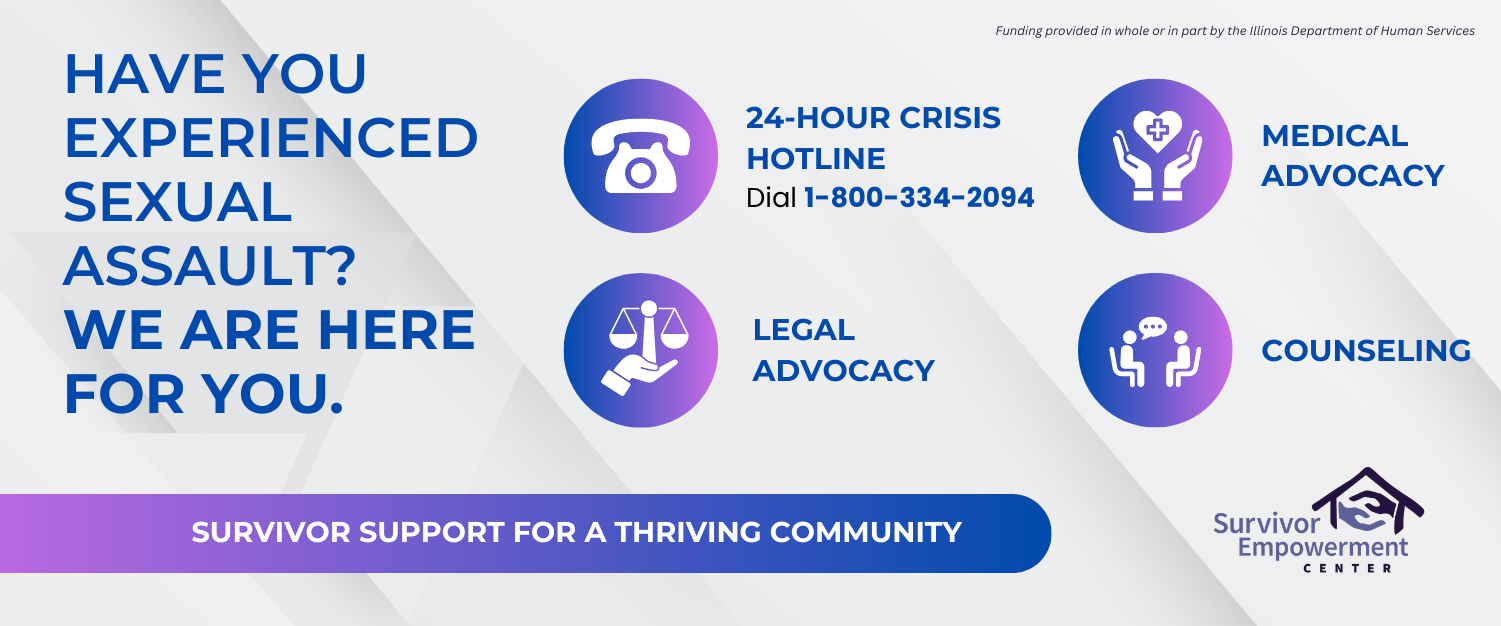Study to examine HIV in rural areas
April 8, 1998
In 1996 the Illinois Department of Public Health reported more than 3,500 cases of HIV in downstate Illinois.
This summer, armed with a $104,000 grant from IDPH, a team of SIUC public health experts will survey high-risk Illinoisans about their lifestyles, paying particular attention to rural Illinoisans.
Paul Sarvela, director of the Center for Rural Health and Social Service Development, is a health education professor at SIUC and co-leader of the project.
Advertisement
He said people who are considered at high risk for HIV include injection drug users, runaways, the homeless, prisoners, migrant workers, gay and bisexual men, transgenders and prostitutes.
Sarvela said very little information exists about the behaviors and attitudes of high-risk individuals in rural areas, and his group has been asked to purposely over-survey these people in downstate Illinois.
That’s really one of the special things about this project, he said. We know a fair amount about metropolitan HIV behavior, but we don’t know a lot about downstate.
Two of the goals of this survey are to provide IDPH with baseline data to develop effective health care and prevention programs and to evaluate programs that already exist.
Sarvela said the research will measure four areas:frequency and extent of sex and drug use behaviors, the degree to which HIV prevention programs have been reached, barriers to service and risk reduction acceptance.
The researchers will contract with workers at various shelters, assistance organizations and rehabilitation clinics who are in contact with high-risk individuals on a regular basis. These workers will then survey the individuals about their lifestyles, behaviors and attitudes.
Lynda Sagrestano, professor of psychology at SIUC and a member of the research team, said most people who are homeless or seriously and mentally disabled are generally involved with some sort of shelter or assistance program.
Advertisement*
So what we’re going to do is go into some of these organizations and track our population that way, she said.
In addition, researchers will be looking for high-risk individuals in places like gay bars, truck stops where prostitutes are known to congregate, prisons, migrant farm communities and health agencies where they can find pregnant women.
Sagrestano said IDPH already has several programs in place.
But they want to find out whether or not people in high-risk groups are actually finding out about these programs and getting involved, she said.
The only legal requirements related to HIV and AIDS is that if a person is diagnosed with either disease, it must be reported.
States are not legally required to survey high-risk individuals, but Mark Kittleson, a health education professor at SIUC, said virtually every state has some kind of HIV prevention program in place.
The state realizes prevention is a logical effort to go after because of the number of lives that can be saved, he said.
Illinois is one of the few states that has a large metropolitan area like Chicago, big cities like Peoria and then large rural areas. I think what Illinois does can cross over to a lot of other states, as well.
Besides HIV data, the team will look at other health indicator data to determine where to sample individuals. One problem they are facing is how to find injection drug users.
We know that hepatitis B can be caused by drug use, so we’ll look for hepatitis B outbreaks, Sarvela said.
If we know that a particular county has a high rate of hepatitis B activity, then we know that they will probably have a high rate of injection drug users.
Health care officials are concerned that although a large concentration of high-risk individuals live in the metropolitan Chicago area, solid data about these people already exists because Chicago receives state and federal funds to study HIV prevention.
Where we’re really lacking, and not just in Illinois, is an assessment on small communities, Kittleson said.
We talked to a person from IDPH a couple weeks ago, and we were surprised by how much injection drug use there is down in this area that we have to address.
Kittleson said alcohol is also a major factor in determining who is a high-risk individual because alcohol can bias a person’s judgment and lead to certain risky behaviors in which that person might not otherwise engage.
A lot of evidence is showing that rural America has as high, if not higher, alcohol use, he said.
Ric Underhile, a graduate assistant who will be working on the project, said many communities refuse to believe HIV is a problem where they are, which very often means there are no prevention programs in place there.
What we kind of neglect is that there are transgender people in rural Southern Illinois and that styles of injection drug use are much different in rural areas than they are in urban areas, he said.
He added that with all the drug therapies and inhibitors that are available, people are learning that HIV is a much more manageable disease than it was two or three years ago.
So it’s really important to begin to look at rural communities because those are the places where people are less likely to initiate being tested or initiate going to the doctor, he said.
Sarvela said one of the problems his team has encountered is developing a culturally sensitive questionnaire that asks some very delicate and personal questions in an appropriate way.
It’s a very tough situation, he said.
We not only have to make it psychometrically solid, but we also have to be sensitive to the different terminology that people want to use, and that’s a difficult task.
The team will collect data for three months beginning in June. The surveys will be conducted on 2,500 individuals. After the data is collected, the team will analyze the data and write a report for IDPH.
IDPH will then use the data to provide descriptive information about risk factors for high-risk populations, evaluate the effectiveness of current programs and develop new programs.
Carol Szakmary is the regional HIV prevention coordinator for Southern Illinois. She said the information that will be gleaned from this survey will be very helpful to all health organizations.
A lot of the information that we get is more focused on prevention work in cities like Chicago, she said. It’s a different ball game in rural areas than in cities. People are more spread out and hidden.
Sarvela said it is going to be difficult to get the information IDPH is looking for.
But if we know what kinds of behaviors people are engaging in and what their attitudes are, he said, it’s easier for us to develop effective health education programs.
Advertisement








